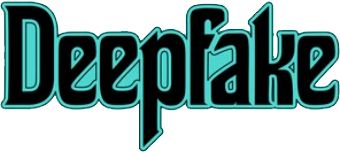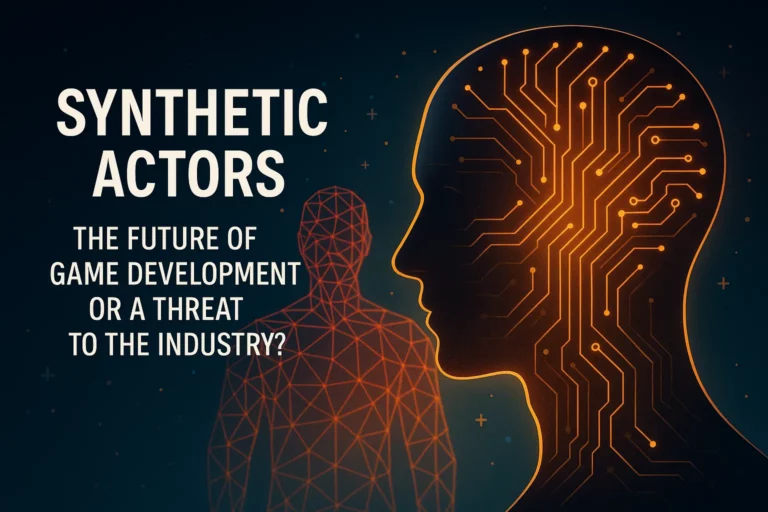We live in an age where seeing is no longer believing. With the rise of synthetic media—AI-generated images, voices, and videos—the line between truth and fabrication is growing dangerously thin. What was once a tool for art and entertainment is now a powerful instrument in the hands of political players, influencers, and digital manipulators.
But is synthetic media just another storytelling tool? Or is it becoming a vehicle for modern propaganda?
What Is Synthetic Media?
Synthetic media refers to content generated or manipulated by artificial intelligence. This includes:
- Deepfake videos that swap faces or recreate real people’s appearances
- Voice clones that mimic human speech and tone
- AI-written text that imitates human writing
- Synthetic images created from prompts or data
These technologies use massive datasets and neural networks to simulate realism—so effectively, in fact, that even trained professionals sometimes struggle to tell what’s fake.
The Dark Side: Propaganda and Manipulation
What makes synthetic media so dangerous is its potential scale and subtlety. In the past, disinformation campaigns required effort, actors, and careful planning. Now, all it takes is a script, an AI model, and a social media account.
1. False Narratives at Scale
AI can mass-produce fake news articles, videos, and voice messages tailored to specific audiences. These are shared rapidly, exploiting algorithms that prioritize engagement over accuracy.
2. Political Deepfakes
Synthetic videos of politicians saying or doing things they never actually did have already surfaced. Imagine a fake speech released days before an election—how many would verify it before believing?
3. Weaponized Virality
Synthetic media spreads fast. A convincing deepfake can trigger outrage, protests, or diplomatic fallout in hours. By the time it’s debunked, the damage is already done.
Real-World Examples
- Election Interference: In several countries, AI-generated content has been used to create confusion during campaigns. False endorsements, fake gaffes, or edited interviews circulate faster than truth can catch up.
- Conflict Zones: In areas of war or unrest, synthetic videos can be used to simulate war crimes or civilian attacks—fuelling fear, hatred, or justifying military action.
- Celebrity Impersonation: Public figures have been digitally “resurrected” or manipulated to push agendas they never supported.
The chilling part? None of this requires high-end skills anymore. Open-source tools and tutorials are widely available, making synthetic propaganda accessible to almost anyone.
Why It Works So Well
Humans are wired to believe what we see and hear. Synthetic media plays directly into this bias. A well-crafted deepfake video or AI-generated headline doesn’t just look real—it feels real. And in a digital landscape flooded with content, our critical filters can be overwhelmed.
Add to that:
- Confirmation bias (we believe what matches our views)
- Short attention spans (few take time to fact-check)
- Emotion-first consumption (outrage spreads faster than facts)
And you have the perfect storm.
Are There Any Positives?
Yes—and that’s what makes the issue more complex. Synthetic media isn’t inherently bad. It can also be used to:
- Educate: Historical recreations or simulations in documentaries
- Create art: AI-generated music, animations, or characters
- Enhance accessibility: Real-time translation, synthesized narration for the visually impaired
- Protect identities: Blurring or altering identities in journalism without losing realism
The danger arises not from the technology itself, but from how it’s used—and by whom.
The Ethics and Regulation Gap
Legislation hasn’t caught up. In most countries, there are few clear laws about using synthetic media in political, journalistic, or commercial contexts. While some platforms like YouTube or TikTok now flag deepfakes, enforcement is patchy.
Key questions remain:
- Who is responsible for fake content?
- Should there be a “digital watermark” on synthetic media?
- How do we ensure accountability for viral disinformation?
Until there’s clear global consensus, creators of synthetic propaganda can act with near-total impunity.
What Can Be Done?
- AI Detection Tools: Ongoing development of algorithms that can spot synthetic media reliably.
- Public Literacy: Teaching people how to question what they see and verify sources.
- Policy Reform: Governments and platforms must set transparent rules and consequences.
- Media Transparency: Requiring disclosures when AI is used in production.


